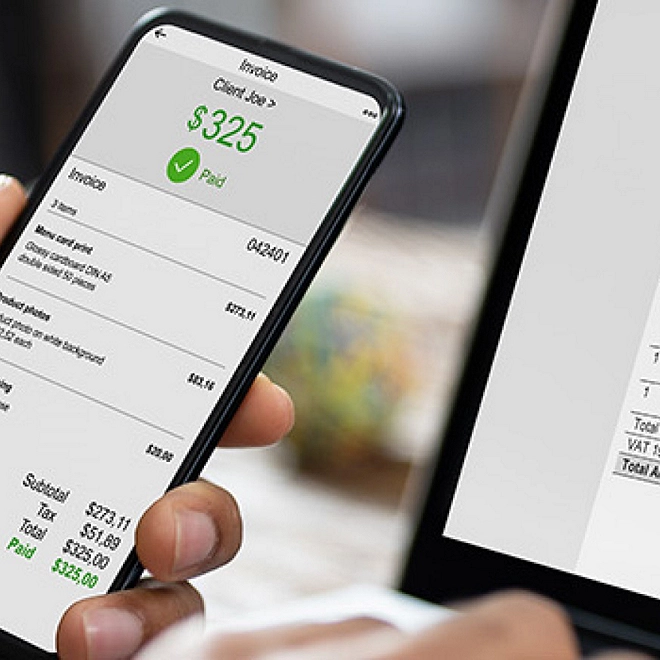Research and Development Tax Incentive – Guidance on claiming software development R&D and upcoming due dates
Tax Alert - April 2022
By Simon Taylor & Brendan Ng
There has been some confusion over the ability of software to quality for the Research and Development Tax Incentive (RDTI) ever since the new regime was first proposed. It is therefore pleasing to see the release of Digital Technology Sector Guidance (Digital Sector Guidance) for the RDTI, highlighting Inland Revenue’s views of the types of software development R&D that can qualify for the RDTI. The Digital Sector Guidance provides insights into the type of technical information that is expected to be included, as well as practical examples of completed General Approval applications.
This article covers the new Digital Sector Guidance, as well as a reminder about upcoming deadlines with recently announced extensions. R&D performers will be aware that there are two main outputs they need to prepare if they are using the General Approval method, being the General Approval application and Supplementary Return. Both of these have upcoming deadlines and, if they haven’t already, it is important for claimants to complete the process in time so that they don’t miss out on any potential benefit.
This is especially true for businesses that were previously receiving Growth Grants, as for many this will be the first year they are able to claim the RDTI. Previous Growth Grant recipients may also be eligible for the Transition Support Payment, which allows a top-up to bring the total amount of R&D financial support to a similar level as received under their former Growth Grant. Eligibility for the top-up payment depends on a number of things, including being able to show that a “good faith” attempt is made to participate in the RDTI.
April 2022 - Tax Alerts
Dividend Integrity proposals - another wolf in sheep’s clothing?
Are small business owners paying their fair share of tax?
Trust disclosure rules a step closer to reality
New Tax Act – Summary of Changes
Residential Land – where are we now
New FBT option to save some compliance costs
Consultation on GST apportionment rules and the gig economy





